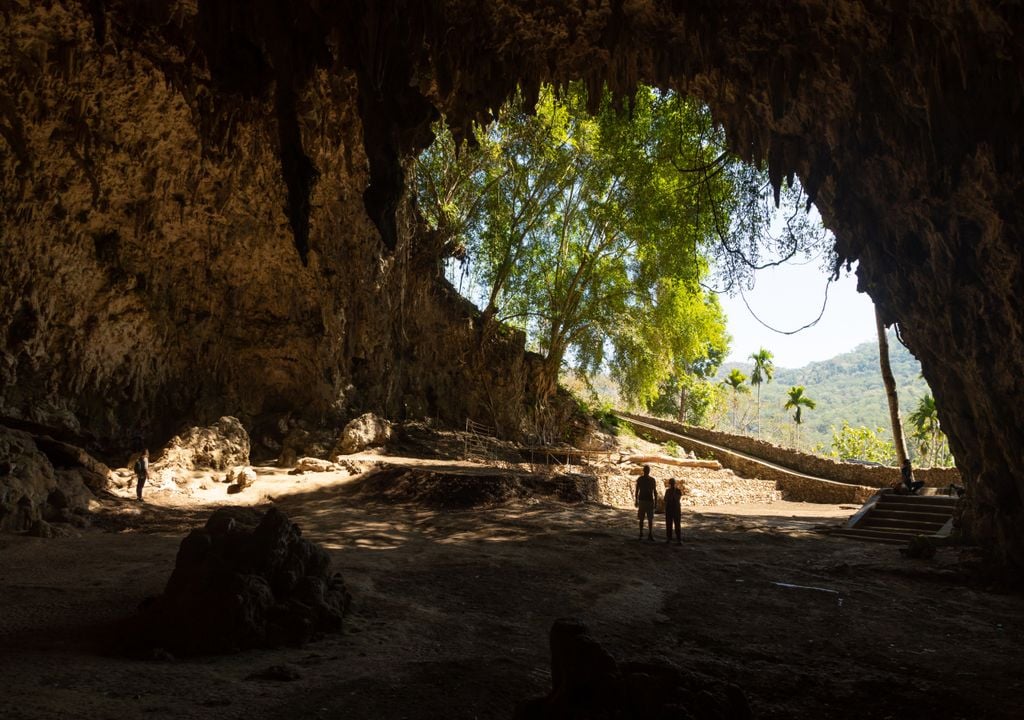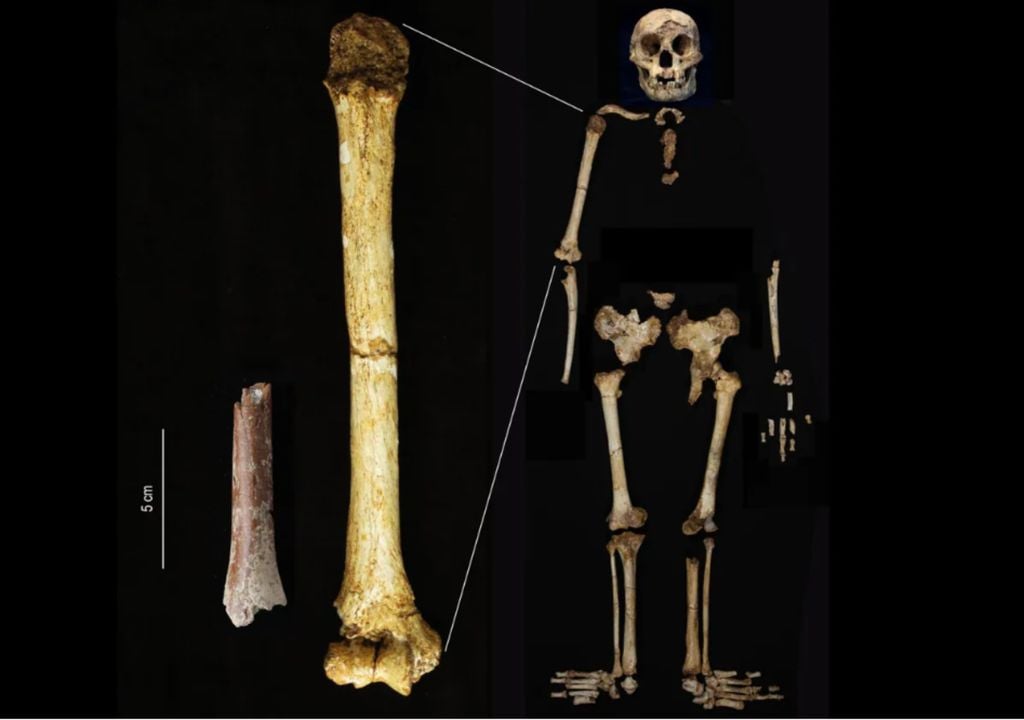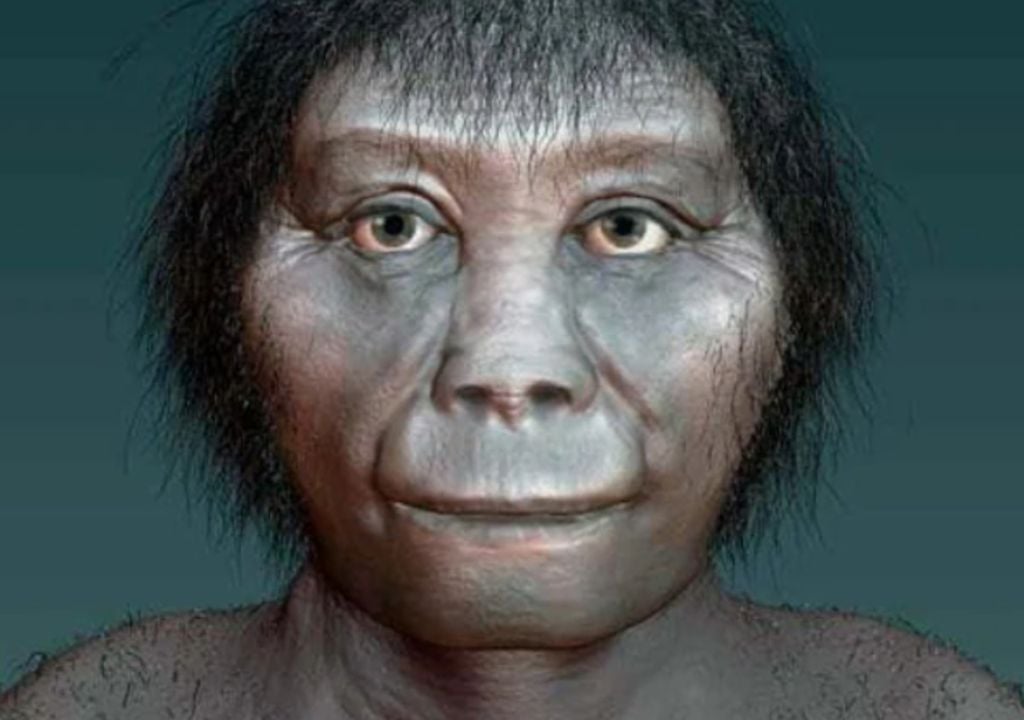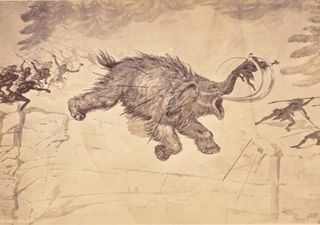Scientists show how the "hobbit" from Flores Island in Indonesia became so small
The discovery of fossils from 700,000 years ago, ten times older than previously known, shows that, at that time, the hominids on the island were even smaller than the known individuals. Find out more here!

They are called "hobbits" because of their small stature. The first specimen was found in 2003 in the Liang Bua cave on the remote Indonesian island of Flores, where it lived about 18,000 years ago. Further discoveries have revealed the remains of at least nine other individuals at the same site, making it clear that the cave had been occupied by these small humans from 90,000 years ago to about 16,000 years ago.
Since then, palaeontologists have been trying to understand how a member of the Homo genus, called Homo floresiensis, could have evolved to be just one meter tall, with a brain measuring just 425 cubic centimetres (half the size of ours) and weigh less than 30 kilograms. Other animals from this region are also known to have unusual sizes, such as dwarf elephants or giant rats, but scientists cannot agree on how the hominids of Southeast Asia became so small.

Now, a team of researchers led by Yousuke Kaifu from the University of Tokyo, Iwan Kurniawan from the Indonesian Center for Geological Studies, and Gerrit van den Bergh from the Australian University of Wollongong has just published in the journal Nature Communications the discovery of the remains of three new hominids - the most direct ancestors of humans on the island of Flores; and the classification of hominids that also includes all great apes.
These individuals lived on the island about 700,000 years ago and are therefore ten times older than the previous ones. The discovery, which consists of a series of teeth and the remains of a forearm, shows that some of the earliest hominids on the island also had small bodies, even smaller than previously thought.
Who does the man from Flores descend from?
Archaeological evidence suggests that Flores man lived peacefully on the island of Flores around 50,000 years ago, at a time when our species (Homo sapiens) was already firmly established in Australia. But if "ours" already existed in the region and were, moreover, relatively close, where did Flores man come from?
The debate was on. The first hypothesis put forward was that Homo floresiensis was a direct, and dwarfish, descendant of the Asian Homo erectus. Later, the idea was put forward that the "hobbit" was the late remnant of a much older African hominid, predating Homo erectus (the oldest specimens of which are 1.9 million years old) and that it could descend from Homo habilis (2.3 million years old) or even Australopithecus afarensis, the species to which the famous "Lucy" belonged and whose origins date back almost 4 million years.

Until now, apart from the Liang Bua cave, where the first specimen was found, hominid fossils have only been found in one other location: the open-air site of Mata Menge, about 75 kilometres away. And that's where Kaifu and his team found the 700,000-year-old remains.
Ten times older than previously thought
The fossils, which belonged to three different individuals, are 650,000 years older than the Liang Bua fossils, and the researchers found that their teeth are even smaller than those of Homo floresiensis, implying that the small body size evolved very early in the history of Flores hominins. But what species do the owners of these fossil bones belong to? Very old teeth and jaw remains have been found at Menge Forest before, but without postcranial parts (any bones below the skull), attributing them to a specific species has always been problematic.
Under digital microscope, the tiny humerus revealed that it belonged to an adult individual. And based on its length, the researchers calculated that its owner was no taller than 1 metre. That is 6 centimetres shorter than the estimated height of the Homo floresiensis from Liang Bua 50,000 years ago.
Reference of the news:
Kaifu, Y., Kurniawan, I., Mizushima, S. et al. Early evolution of small body size in Homo floresiensis. Nature Communications (2024).








